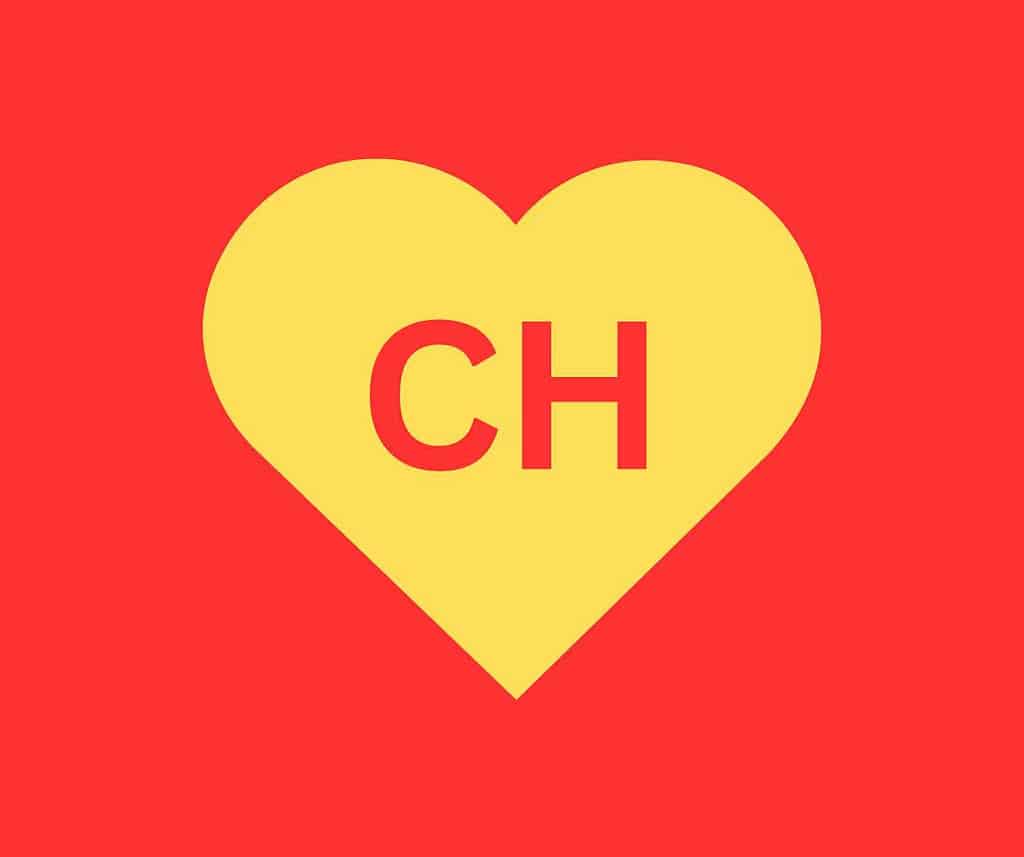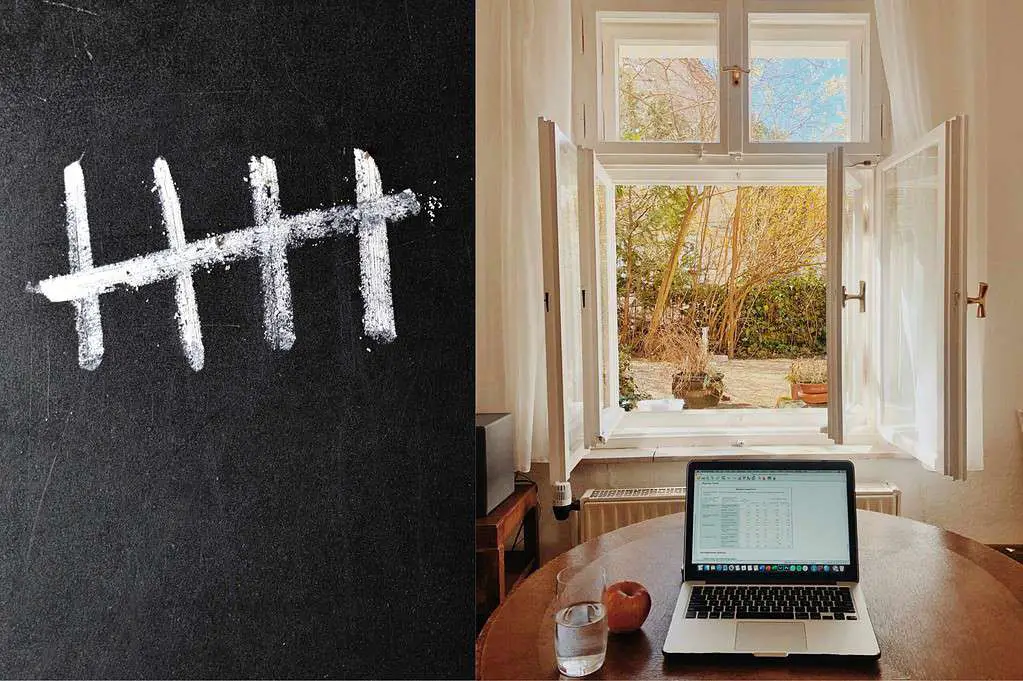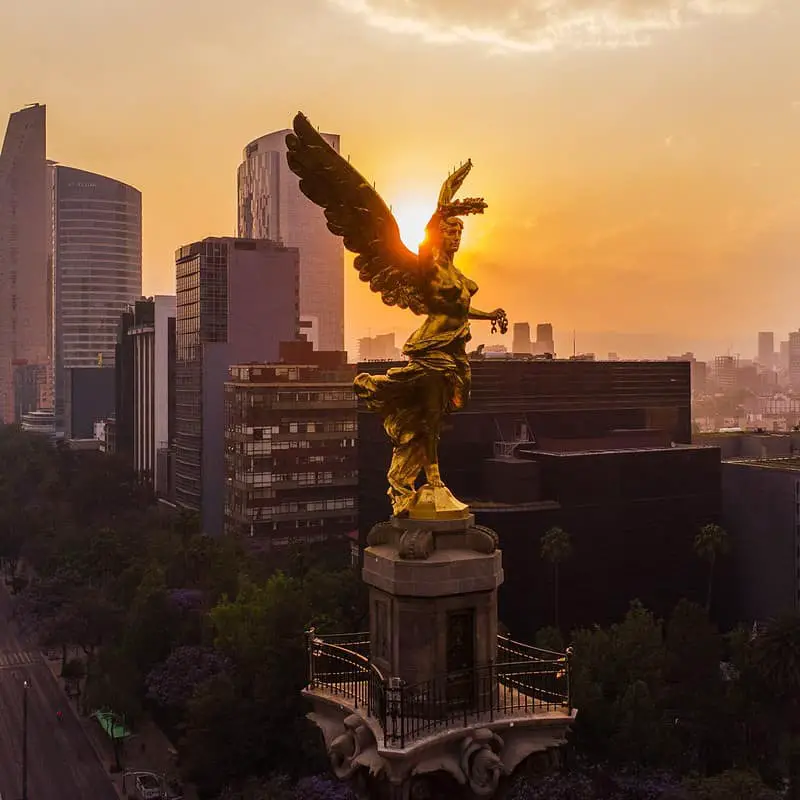Table of Contents
The Cultural Phenomenon of el chavo del ocho in Latin America
If you grew up in Latin America, there is a good chance you are familiar with El Chavo Del Ocho. This Mexican sitcom was created by the legendary Roberto Gómez Bolaños, better known as Chespirito.
It first aired in 1971 and ran for almost a decade, but it continues to be popular today, decades after its initial run. The show follows the adventures of an orphan boy named El Chavo who lives in a poor neighborhood along with several other colorful characters.
Each episode features various misadventures and misunderstandings that lead to comedic situations. Despite being initially intended for children, the show quickly gained popularity across all age groups.
It became a cultural phenomenon not just in Mexico but throughout Latin America. Even today, the show continues to be re-aired on television channels around the region and has found new life on streaming platforms like Netflix.
A Pop Culture Icon
El Chavo Del Ocho is not just a TV show; it is an icon of pop culture in Latin America. The characters have become part of people’s lives and vocabulary – who hasn’t heard someone say “¡Eso! ¡Eso! ¡Eso!” (That!That! That!) like Don Ramón or “¡Chusma! ¡Chusma!” (Gossip!) like Doña Florinda?
In addition to its impact on language and pop culture, the show also delved into serious social issues that were relevant at the time. Poverty, education, and family dynamics were all topics explored through humor and satire – making it accessible even to those who might not have been interested in watching a “serious” television program.
Thesis: A Cultural Phenomenon with Far-reaching Impact
El Chavo Del Ocho is not just a TV show, but a cultural phenomenon that has had a significant impact on Latin America. Beyond its initial popularity and continued viewership, the show has influenced popular culture in the region for decades.
From language to humor to social commentary, El Chavo Del Ocho has left an indelible mark on Latin American society. As such, it is important to understand the show’s context and significance in order to fully appreciate its lasting impact.
The Man Behind El Chavo Del Ocho
El Chavo Del Ocho was created by Roberto Gómez Bolaños, known by his stage name Chespirito. Born in Mexico City in 1929, Chespirito began his career as a writer for Mexican television in the late 1950s. He gained popularity in the 1960s as a writer and performer on a comedy sketch show called “Los Supergenios de la Mesa Cuadrada” (The Supergeniuses of the Square Table).
Chespirito’s unique brand of humor and witty writing style soon caught on with audiences, and he became one of the most influential figures in Latin American comedy. Chespirito’s most lasting contribution to Latin American culture came with the creation of El Chavo Del Ocho.
First aired in June of 1971, the show quickly became one of the most successful sitcoms in Mexican history. The show’s popularity was due in large part to Chespirito’s unique ability to blend slapstick humor with social commentary.
The Socio-Political Climate During El Chavo Del ocho’s Initial Run
El Chavo Del Ocho was first broadcast during a period of significant political and social upheaval in Mexico. The country was recovering from a decade-long period known as “the Dirty War,” during which government forces engaged in widespread human rights abuses against political dissidents and left-wing activists.
In addition to this political turmoil, many Mexicans were struggling with poverty and economic hardship. For many people living at or below the poverty line, television provided an escape from their everyday struggles.
Against this backdrop, Chespirito created El Chavo as a way to bring laughter into people’s lives while also addressing serious social issues. The show tackled subjects like education, family dynamics, and wealth inequality—all while making audiences laugh.
Overall, the popularity of El Chavo Del Ocho can be attributed to Chespirito’s ability to tap into his audience’s experiences and provide them with a positive escape from the harsh realities of everyday life. Through his unique brand of humor and social commentary, Chespirito created a show that continues to resonate with Latin American audiences today.
The Characters
Introduction to the Main Characters and Their Personalities
El Chavo Del Ocho follows the lives of a group of people living in a poor Mexican neighborhood. The main character, El Chavo, is an orphan boy who lives in a barrel and spends his days playing with his friends from the neighborhood. Other main characters include Don Ramón, a widowed father who struggles to make ends meet, and Doña Florinda, a single mother who is constantly feuding with Don Ramón over their children.
Each character has their own unique personality that contributes to the show’s humor and social commentary. El Chavo is known for his innocence and childlike curiosity.
He often finds himself in trouble due to his naivety, but always means well. Doña Florinda is portrayed as an overbearing mother who takes pride in her social status and looks down on those she deems beneath her.
Don Ramón is a good-hearted man who wants nothing more than to provide for his daughter but struggles with unemployment. Other notable characters include Professor Jirafales, a teacher who gives lessons on life as well as academics; Quico, Doña Florinda’s spoiled son; La Chilindrina, El Chavo’s best friend; Señor Barriga, the landlord of the neighborhood; and El Chapulín Colorado (The Red Grasshopper), another character created by Chespirito who makes occasional guest appearances on the show.
Analysis of How Each Character Represents Different Aspects of Mexican Society
Each character in El Chavo Del Ocho represents different aspects of Mexican society and culture. El Chavo represents Mexico’s working-class population – those struggling to make ends meet but still finding joy in life’s simple pleasures.
Don Ramón represents Mexico’s unemployment crisis – despite being willing to work hard he cannot find a job that pays enough to support his family. Doña Florinda represents Mexico’s upper class – those who look down on those they perceive as beneath them.
Professor Jirafales is a representation of the importance of education in Mexican society, while Quico represents spoiled and entitled youth. La Chilindrina embodies the struggles of single mothers, and Señor Barriga represents corrupt landlords who take advantage of their tenants.
El Chapulín Colorado, despite being a superhero, often parodies Mexico’s political corruption and bureaucracy. The show’s creators were able to use humor to address serious social issues that were prevalent in Mexican society at the time.
By creating characters with relatable personalities and struggles, viewers were able to connect with the show on a personal level. Today, El Chavo Del Ocho remains an important cultural touchstone for many in Latin America and beyond precisely because it continues to reflect aspects of life that remain relevant today.
Humor and Social Commentary
The Power of Laughter to Address Serious Issues
One of the most remarkable aspects of El Chavo Del Ocho is how it uses humor to address serious social issues. Through the witty and often absurd situations that the characters find themselves in, the show manages to tackle complex topics such as poverty, education, and family dynamics in a lighthearted yet insightful way. By making audiences laugh while also encouraging them to reflect on their own lives, El Chavo Del Ocho has become much more than just a TV show.
Perhaps one of the best examples of this is an episode called “La Caridad” (Charity), in which Señor Barriga (the landlord) asks each tenant in his building to donate money for a charitable cause. Despite their limited means, each character finds a way to contribute something, whether it’s Don Ramón (El Chavo’s father) selling his prized guitar or Doña Florinda (El Chavo’s neighbor) auctioning off her jewelry.
The episode not only highlights the importance of helping others but also underscores how even those who have very little can still make a difference. Another episode that addresses social issues is “El Juicio” (The Trial), in which El Chavo is put on trial after accidentally breaking Señor Barriga’s window.
As the trial unfolds, we see how each character has their own perspective on what happened and how they interpret justice differently based on their personal circumstances. While this may seem like a simple premise at first glance, it actually raises profound questions about fairness and equality under the law – themes that are all too relevant today.
Examples of Specific Episodes
Of course, there are countless episodes of El Chavo Del Ocho that explore social issues through humor. Here are three more examples: – “La Escuela” (The School): In this episode, El Chavo and his classmates attend a dilapidated school where the teacher is more interested in sleeping than teaching.
Despite the challenges they face, the children are optimistic and eager to learn. The episode highlights both the importance of education and the obstacles that many children in Latin America still face today.
– “La Chirimoya” (The Custard Apple): When Don Ramón receives a chirimoya (a tropical fruit) as a gift, he decides to share it with all his neighbors. However, when everyone tries to take advantage of his generosity, he becomes frustrated and gives up on the idea of sharing altogether.
The episode is a poignant commentary on how greed can undermine even the best intentions. – “El Chavo Se Muda” (El Chavo Moves Out): In this episode, El Chavo decides to move out of his famous barrel home because he feels unappreciated by his friends.
However, when he realizes how much he misses them, he returns – only to find that they have thrown him a surprise party. The episode underscores the importance of friendship and community in our lives.
Overall, El Chavo Del Ocho’s use of humor to address social issues is one of its defining features. By taking on topics that are often too taboo or difficult for other shows to tackle head-on, it has become an important part of Latin American culture – not just as entertainment but also as a reflection of our shared values and struggles.
Legacy and Impact
El Chavo Del Ocho’s impact on Latin American culture cannot be overstated. It has become a cultural touchstone that has influenced everything from music to fashion. The show’s popularity has even inspired theme parks and museums dedicated to the characters.
But more than just a commercial enterprise, the show has had a profound social impact on Latin America. One example of its cultural impact is in the use of its catchphrases in everyday language.
Phrases such as “¡Chusma, chusma!” (meaning “riffraff”) and “¿Qué onda?” (meaning “what’s up?”) have become part of common speech for many people throughout Latin America. The show’s influence can also be seen in music.
The song “La Chilindrina” by Los Payasos de la Tele, based on one of the show’s main characters, became a hit throughout Latin America. The infectious melody and catchy lyrics captured the spirit of the show and made it an instant classic.
“Why El Chavo Del Ocho Resonates Today”
Despite being off the air for over thirty years, El Chavo Del Ocho continues to captivate audiences today. Why does this decades-old TV show continue to resonate with people around the world? Firstly, there is its heartwarming portrayal of friendship and community spirit that transcends national borders.
Through their adventures together in their humble neighborhood, El Chavo and his friends demonstrate that even in difficult circumstances, friendship, kindness, and understanding can make all the difference. Another reason behind its lasting appeal is its ability to tackle serious social issues with humor without ever talking down to its audience or preaching at them.
In doing so, it manages to entertain while also educating. By addressing issues such as poverty, education, and family dynamics with a light touch, El Chavo Del Ocho has become a valuable cultural artifact for Latin America.
The show has stood the test of time because it is a timeless reminder of the power of imagination and playfulness; an invitation to see the world through the eyes of a child. In this way, it continues to inspire generations both young and old to find humor and joy in everyday life.
Final thoughts on why El Chavo Del Ocho is an important part of Latin American culture
El Chavo Del Ocho has been a cultural phenomenon in Latin America for almost five decades. The lovable characters and their relatable situations have won the hearts of many generations.
The show has been translated into numerous languages and continues to be popular around the world. Check out our post on learning Spanish That being said its one reason for its success is that it tackles important social issues with humor and compassion, making them more accessible to people who may not have previously considered their impact.
By presenting these issues in an approachable manner, the show has become a tool for discussing complex societal problems. Another reason for its success is that each character represents different aspects of Mexican society.
From Don Ramón representing poverty to Doña Florinda representing upper-class snobbery, these characters are a reflection of Mexico’s diverse population. El Chavo Del Ocho is not just a TV show; it is an integral part of Latin American culture.
Its influence can be seen in everything from pop culture references to educational curriculum. This beloved series will continue to be enjoyed by generations to come, continuing its legacy as one of the most important contributions to Latin American entertainment history.




